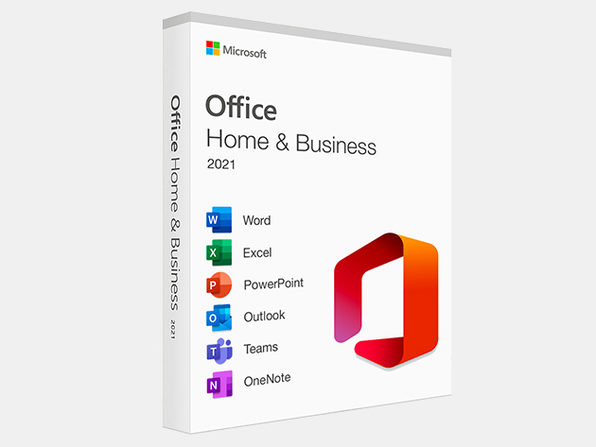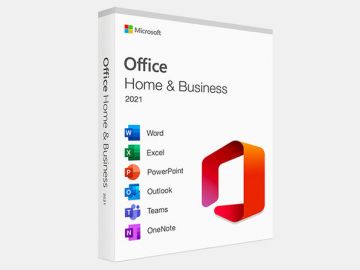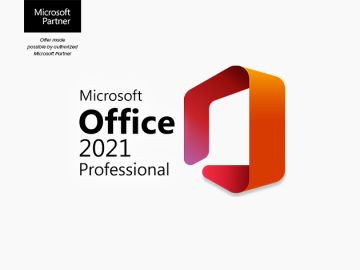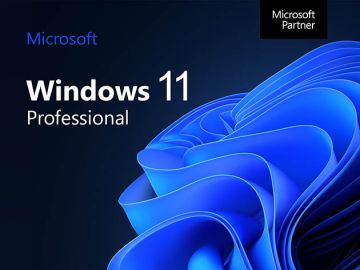Yes, AOL Dial-up Still Existed — And Now It’s Ending
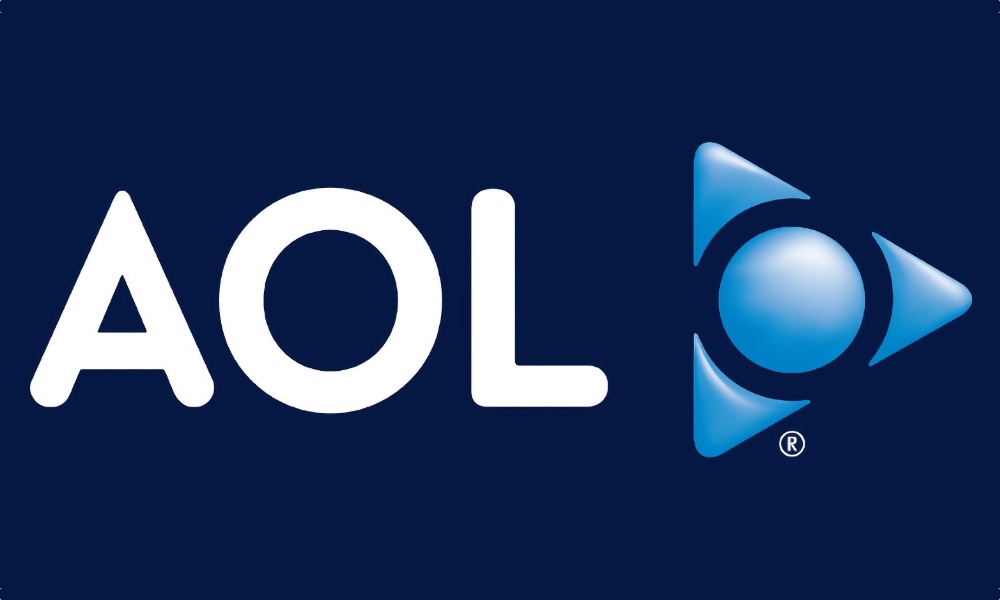
Toggle Dark Mode
Internet pioneer AOL (formerly known as America Online) has announced that it will discontinue its dial-up access service in late September.
At its peak back in the 1990s, AOL’s dial-up access was the most popular way for millions of users to access information, both on its own service and the internet at large. However, you may be surprised to know that the dial-up offering, which was actually introduced in 1985, long before the internet became mainstream, still exists to this day.
However, that won’t be for much longer. The company recently posted a notice on its website, advising its remaining users of the following:
AOL routinely evaluates its products and services and has decided to discontinue Dial-up Internet. This service will no longer be available in AOL plans. As a result, on September 30, 2025 this service and the associated software, the AOL Dialer software and AOL Shield browser, which are optimized for older operating systems and dial-up internet connections, will be discontinued.
An AOL spokesperson said the “change does not impact the numerous other valued products and services that these subscribers are able to access and enjoy as part of their plans.”
While the iconic AOL brand name didn’t become prominent until the early 1990s, the company’s dial-up service was first introduced as “Q-Link” on November 5, 1985, as it was known as Quantum Computer Services before it rebranded to America Online (AOL) in 1989. Q-Link was an online platform targeted primarily at Commodore 64/128 users, and offered its own self-contained email, chat, and file download services at a time when the larger internet was mostly confined to governments and universities.
After the rebrand, AOL expanded its service to a wider range of personal computers, leading to the ubiquitous “You’ve Got Mail!” era of the 1990s that most people associate with the brand.
Even though broadband became the best and most popular way to access the internet over the last 20 years or so, AOL continued offering a dial-up service that allowed users to connect a dial-up modem to access the AOL service over a telephone landline. The service was so popular that many users would install an additional landline to allow them to connect to AOL without tying up their main phone line (This was before everyone and their cat had a smartphone and broadband access to the internet).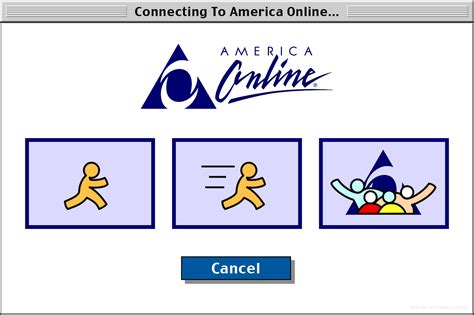
The 2023 US Census showed that approximately 160,000 people still use a dial-up modem to access the internet through a landline telephone connection.
It’s a good bet that if you asked anyone who was alive during the 90s, they’d remember the ubiquitous AOL floppy disks or CD-ROMs that were almost everywhere. They’d arrived randomly in the mail and were found inside almost any magazine of the time. It was also common to see stacks of free AOL floppies or CD-ROMs at the checkout or by the door of your favorite grocery or department store.
During the timeframe when the AOL installation files were still small enough to fit on a floppy, many computer users (not me, of course) would go from store to store to collect the floppies, formatting them, then using them to store their personal files. Many a tear was shed when AOL turned to CD-ROMs to distribute its installation files (or, so I’m told.)
AOL was not only a popular way to access the internet for millions of people, it was also big in pop culture, making “appearances” in several popular movies like You’ve Got Mail, as well as television shows like Sex and the City.
AOL is now a mere shadow of its 1990s self. The service’s once-popular AIM messaging service, which was significant enough in the 2000s to be the foundation of Apple’s Mac OS X iChat app, was shut down in 2017. AOL has also changed hands multiple times, once merging with Time Warner in a deal that proved to be a bad idea for everyone involved. The service is currently owned by the same private equity firm that owns Yahoo, another popular stop for internet users in the ’90s.

